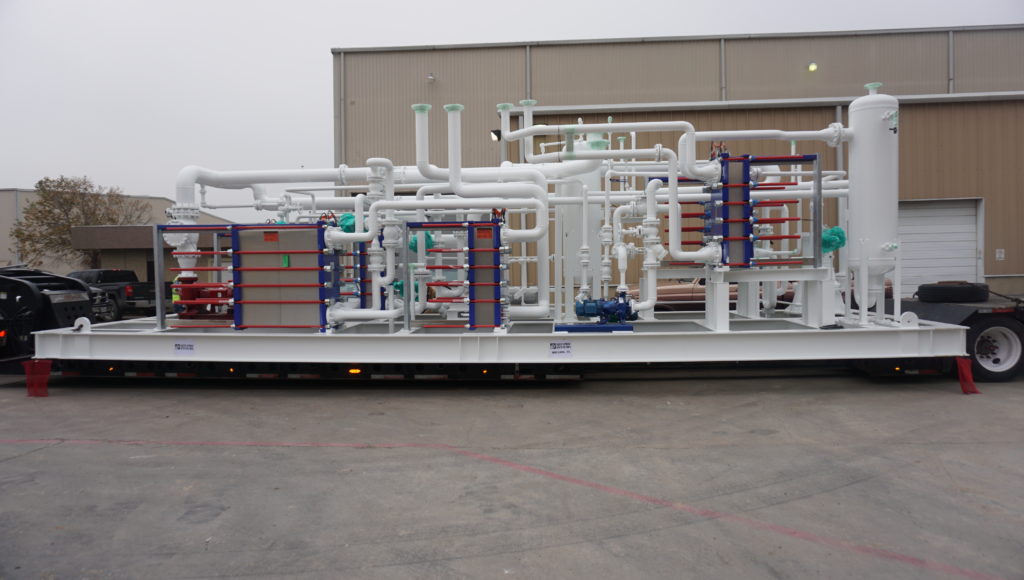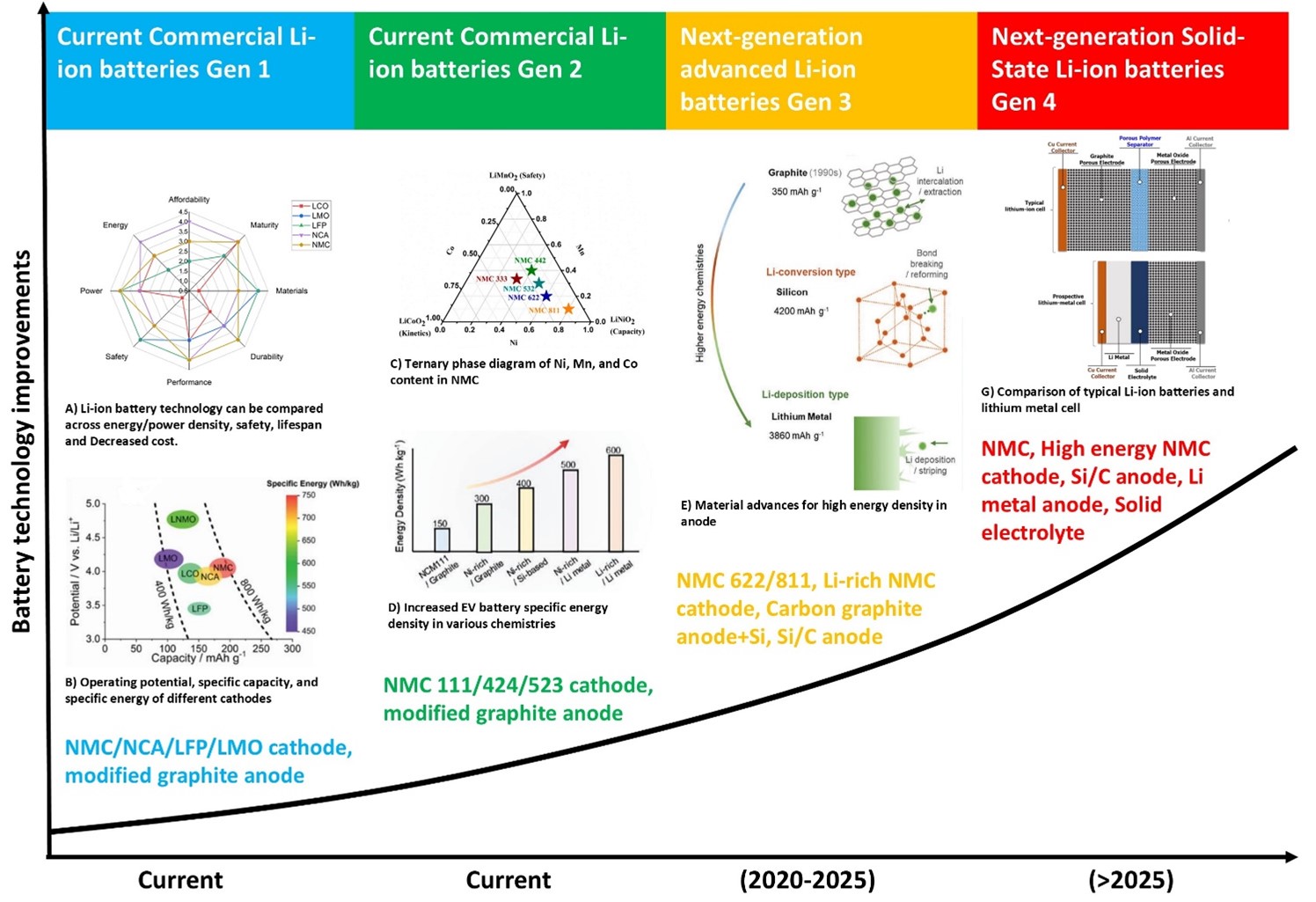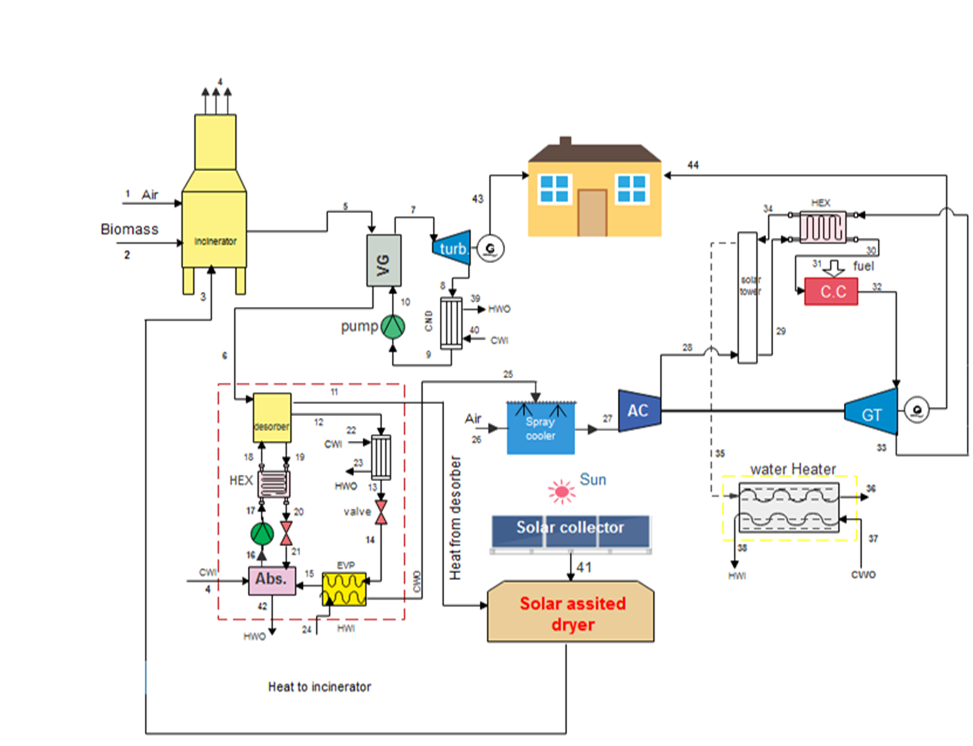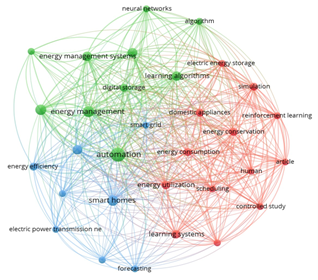Analysis of fatigue of construction workers based on electromyographic signals
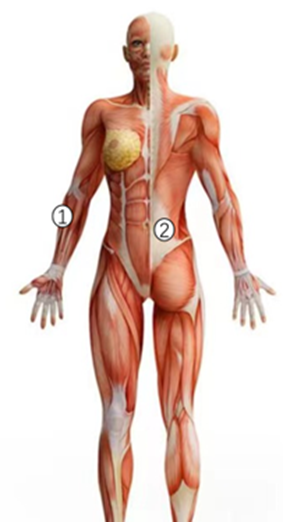
Downloads
Aiming to address the fatigue issue of construction workers resulting from high-intensity physical labor, this paper proposes a fatigue analysis method based on surface electromyographic signals (sEMG), focusing on the handling operation as the research object, to explore the fatigue characteristics of construction workers' muscles and significant monitoring indices. By collecting sEMG signals under different fatigue levels, we analyze the trends of time-frequency domain indicators (root mean square value RMS, integral EMG value IEMG, median frequency MF, mean power frequency MPF, and over-zero rate ZCR). The experimental results show that with the increase of fatigue, the RMS and IEMG of brachioradialis and erector spinae increase significantly, while the MF and MPF decrease significantly, which reflects the physiological mechanism of the decrease of muscle contraction efficiency and the enhancement of neural drive. The changes in the indexes of erector spinae are more significant than those of brachioradialis due to the higher stability load and the activation characteristics of fast muscle fibers. Through the test of intergroup variability, RMS, IEMG, MF, and MPF are selected as the core indicators for fatigue monitoring. This study provides an objective, quantitative basis for labor protection in the construction industry and lays a theoretical foundation for the real-time monitoring of occupational fatigue and the optimization of work efficiency.
Choudhry RM, Fang D. Why operatives engage in unsafe work behavior: Investigating factors on construction sites[J]. Safety Science, 2008, 46(4): 566-584.
Dong X, Ringen K, Men Y, et al. Medical Costs and Sources of Payment for Work-Related Injuries Among Hispanic Construction Workers[J]. Journal of Occupational & Environmental Medicine, 2007, 49(12): 1367-1375.
Aryal A, Ghahramani A, Becerik-Gerber B. Monitoring fatigue in construction workers using physiological measurements[J]. Automation in Construction, 2017, 82: 154-165.
Wang Y, Huang Y, Gu B, et al. Identifying mental fatigue of construction workers using EEG and deep learning[J]. Automation in Construction, 2023, 151: 104887.
Lin, Chong-De,Yang, Zhi-Liang,Huang, Xi-Ting. Preface to the Dictionary of Psychology[J]. Psychological Science, 2004, (5): 1154.
BAI Wei, XIN Yunsheng, PAN Shenzhen, et al. Muscle fatigue analysis of excavator drivers based on sEMG[J]. Mechanical Engineering and Automation, 2025, 54(1): 7–9.
YANG Yanpu, YU Wenfeng, AN Weilan, et al. Identification of muscle fatigue state of upper limb in overhand operation[J]. Mechanical Design, 2024, 41(8): 196–201.
XIN Yunsheng, JIN Hongyi, NING Zhenbing, et al. Muscle fatigue analysis of monorail crane drivers based on surface EMG signals[J]. Mining Research and Development, 2024, 44(7): 221–229.
Liang Zhanhun, Li Jiajie, Zhang Dan, et al. Surface electromyographic analysis of localized muscle load and fatigue in simulated high-voltage tower climbing operations of power supply operators[J]. Environmental and Occupational Medicine, 2023, 40(1): 62–67, 75.
XU Zhao, LU Jian, PAN Weijie, et al. Fatigue analysis of upper limb movement based on surface EMG signals and motion capture[J]. Journal of Biomedical Engineering, 2022, 39(1): 92–102.
WANG Hongpeng, Aili Smutula. Neck fatigue test analysis of plateau highway drivers based on surface EMG signals[J]. Science Technology and Engineering, 2016, 16(26): 323–328.
Antwi-Afari MF, Li H, Edwards DJ, et al. Biomechanical analysis of risk factors for work-related musculoskeletal disorders during repetitive lifting task in construction workers[J]. Automation in Construction, 2017, 83: 41-47.
Wang D, Hu B, Dai F, et al. SENSOR-BASED FACTORIAL EXPERIMENTAL STUDY ON LOW BACK DISORDER RISK FACTORS AMONG ROOFERS[J]. .
Shariatzadeh M, Hadizadeh Hafshejani E, J.Mitchell C, et al. Predicting muscle fatigue during dynamic contractions using wavelet analysis of surface electromyography signal[J]. Biocybernetics and Biomedical Engineering, 2023, 43(2): 428-441.
Garcia G, Arauz PG, Alvarez I, et al. Impact of a passive upper-body exoskeleton on muscle activity, heart rate and discomfort during a carrying task[J]. ROEMMICH R T. PLOS ONE, 2023, 18(6): e0287588.
Mirakhorlo M, Azghani MR, Kahrizi S. Validation of a Musculoskeletal Model of Lifting and its Application for Bio- mechanical Evaluation of Lifting Techniques[J]. .
Musso M, Oliveira AS, Bai S. Influence of an upper limb exoskeleton on muscle activity during various construction and manufacturing tasks[J]. Applied Ergonomics, 2024, 114: 104158.
Ding B, Imai K, Chen Z, et al. Biomechanical assessment of unilateral/bilateral lumbar spondylolysis with and without muscle weakness using finite element analysis[J]. Heliyon, 2025, 11(4): e42647.
Johnson MA, Sharpe GR, Williams NC, et al. Locomotor muscle fatigue is not critically regulated after prior upper body exercise[J]. Journal of Applied Physiology, 2015, 119(7). 840–850.
Hägg GM, Luttmann A, Jäger M. Methodologies for evaluating electromyographic field data in ergonomics[J]. Journal of Electromyography and Kinesiology, 2000, 10(5): 301-312.
Kim J-Y, Jung M-C, Haight JM. The sensitivity of autoregressive model coefficient in quantification of trunk muscle fatigue during a sustained isometric contraction[J]. International Journal of Industrial Ergonomics, 2005, 35(4): 321-330.










